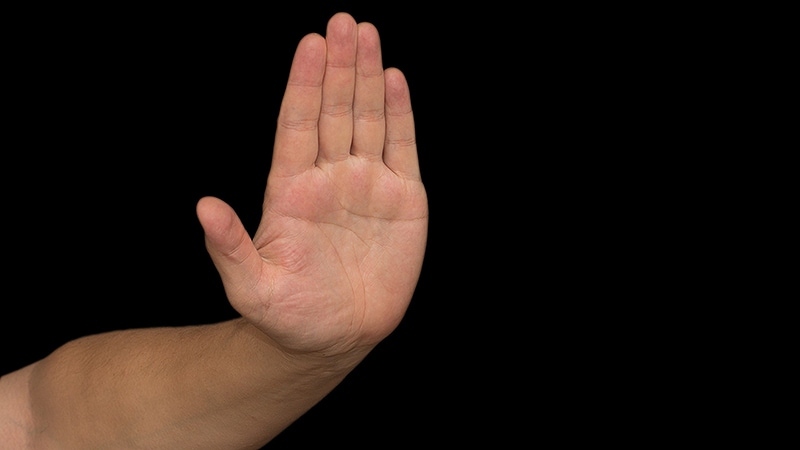
Editor’s note: Discover the latest COVID-19 news and guidance in Medscape’s Coronavirus Resource Center.
Even as countless Americans flock to be immunized against COVID-19, there’s a pushing concern on the other hand of these lines and hard-to-find appointments– the number of people will choose, eventually, not to get a vaccine and what’s that going to cost us?
Researchers with Imperial College London (ICL)’s COVID-19 Reaction Team recently took a stab at modeling what the future might look like with vaccine hesitancy in the mix — and it’s not quite.
Even with extremely reliable vaccines versus SARS-CoV-2, present levels of hesitancy in the United States could need the extension of nonpharmaceutical interventions– such as closing offices and schools and wearing masks– through a minimum of the end of 2022 to keep the pandemic under control.
The design likewise forecasted that thousands more individuals– both immunized and unvaccinated– could pass away and be hospitalized over the coming months because some individuals stay careful of the shots.
In the United Kingdom, where hesitancy is low, more than 80%of people recently surveyed about their willingness to get a vaccine stated they had actually already been immunized or planned on it. In Germany, those who say they probably or absolutely would get vaccinated is up to nearly 70%. In France, around half of individuals have stated they would get a COVID-19 vaccine. The ICL group designed these countries as “low,” “medium,” and “high” hesitancy scenarios, respectively, and they compared those results with a perfect situation– 98%of people 15 and older are vaccinated.
The perfect scenario in the design assumes that a couple of people can’t take the vaccines since of allergic reactions or preexisting health issue, however that everybody wishes to get the vaccine.
Model Forecasts Winter Rises
.
The design anticipates several future surges in COVID-19 cases– mainly over the cold weather– continuing into 2024, as people resume travel and go back to workplaces and schools, restaurants, and home entertainment locations.
Even in a circumstance like that in the UK, which has extremely efficient vaccines and hesitancy is low– perhaps between 10%and 20%– the model shows that everyday deaths will be nearly 9 times greater at the peak of the first surge due to the fact that individuals opt out on vaccines. Those deaths will be concentrated among people who pick not to get the shots, but they will likewise impact those who are vaccinated because even the very best vaccines are not 100?ficient.
Over the next 2 years– through completion of 2022– the model forecasts about 30%more COVID-19 deaths in a low-hesitancy country like the UK, about 350%more deaths in a medium-hesitancy nation like Germany, and about 770%more deaths in a nation with high hesitancy like France.
Where does the United States fall in that mix? The ICL team didn’t design the United States specifically, however recent studies recommend that America is most carefully aligned with Germany in the “medium” hesitancy position.
With medium hesitancy, the design showed 1744 deaths from COVID-19 per million people– with about 168 per million of those deaths in vaccinated people and 1576 in unvaccinated people, through the end of 2022.
Challenging to Model
.
There are some things to remember about this design, though, said Rupali Limaye, PhD, director of behavioral and application science at the Johns Hopkins Bloomberg School of Public Health, Baltimore, Maryland.
She says hesitancy is difficult to model because it clusters. Whether somebody is likely to get the vaccine depends upon a variety of factors, including what their good friends post on Facebook, their race, age, gender, political association, religion, and even their level of education.
” Individuals that tend not to get vaccines tend to socialize with each other,” she stated.
For the functions of the model, the ICL team only factored age into the hesitancy formula. They presumed that in every other way, people were equal.
Limaye said the numbers in the ICL design appearance affordable, but in reality, the deaths and hospitalizations as a result of hesitancy won’t be evenly spread out. Some neighborhoods will be struck much harder by hesitancy than others.
Just knowing the numbers doesn’t help you intervene where it’s most needed.
Limaye, who wasn’t associated with the ICL modeling, has actually been working with Johns Hopkins colleague Shaun Truelove, PhD, to try to make similar price quotes for the US.
Truelove, an information modeler, stated the ICL report painted a photo that was possibly too downhearted.
First, he stated, vaccine hesitancy has declined in the United States and other nations.
” More and more individuals are getting vaccinated.
He did mention that willingness might drop if people lose confidence in some of the more recent vaccines, like AstraZeneca’s.
The model looks forward practically 2 years. Truelove stated that’s a long time when you’re talking about such a fluid situation. When he’s making models, he doesn’t like to go any further out than about 6 months.
Also, he said, models aren’t forecasts, however they can be beneficial to help scale potential impacts and assist public policy decisions.
The study authors state they completely settle on that point.
“Our work demonstrated that vaccine hesitancy can have a considerable health effect that affects both the vaccinated and unvaccinated populations.
For more news, follow Medscape on Facebook, Twitter, Instagram, YouTube, and LinkedIn
No comments:
Post a Comment